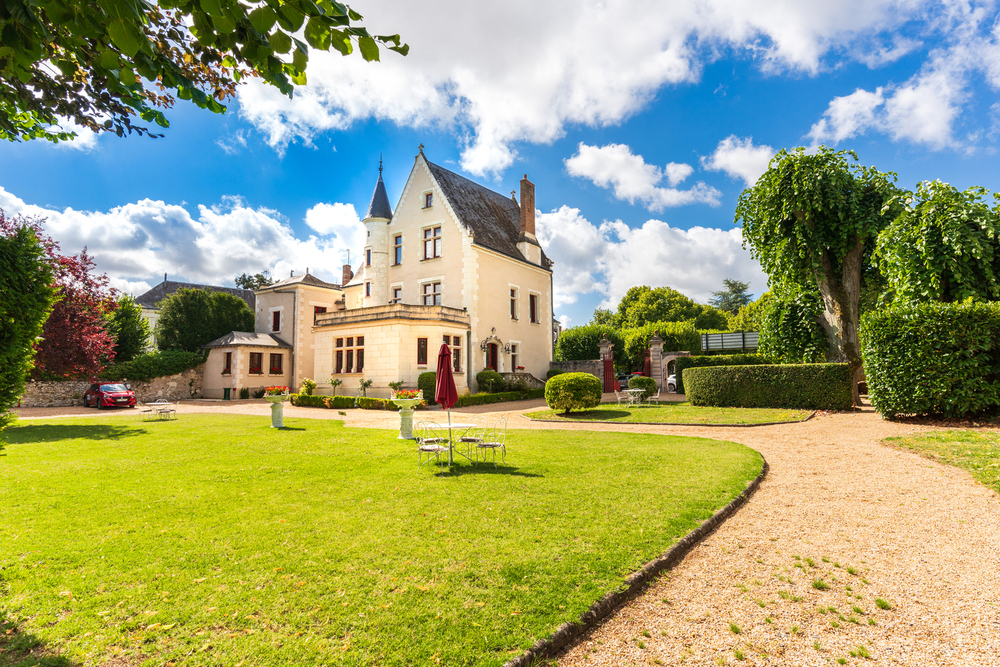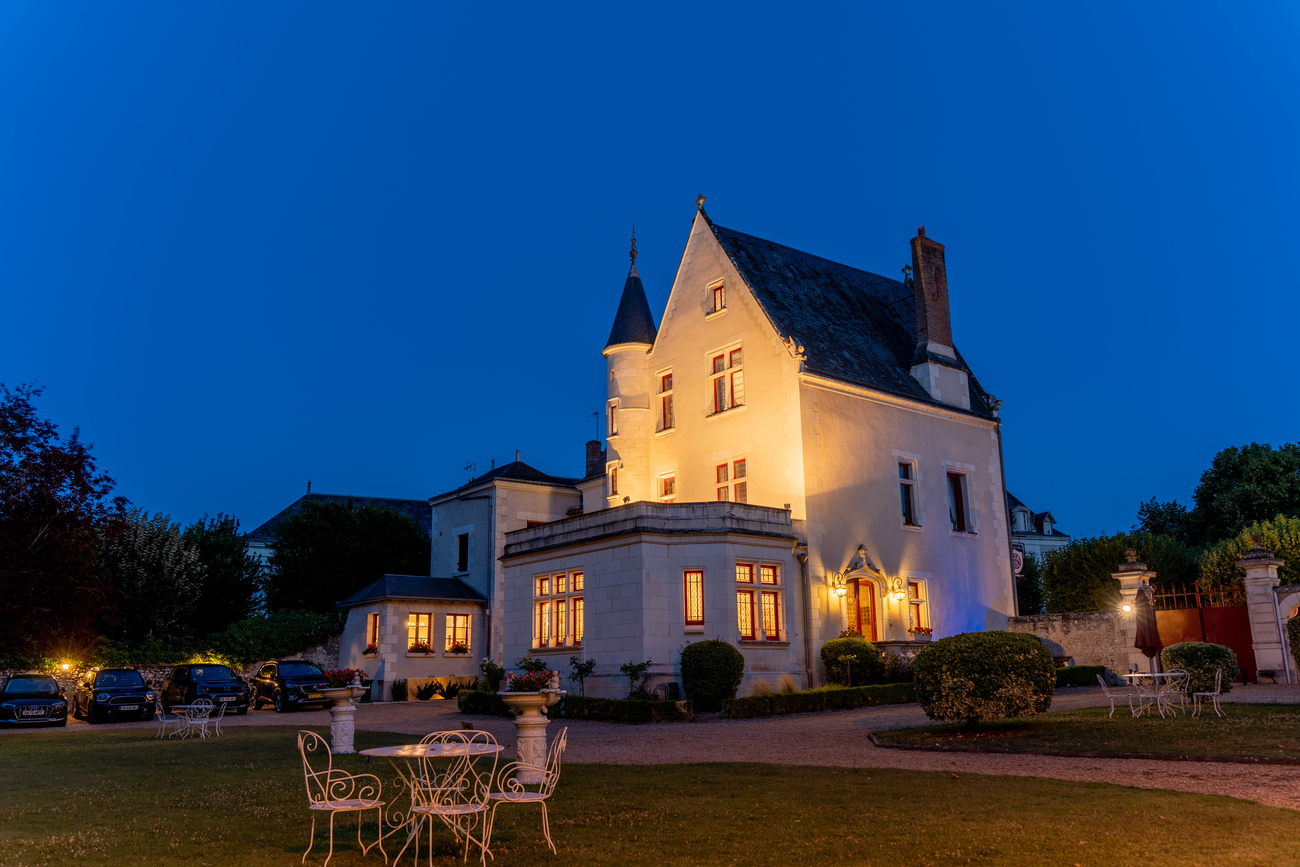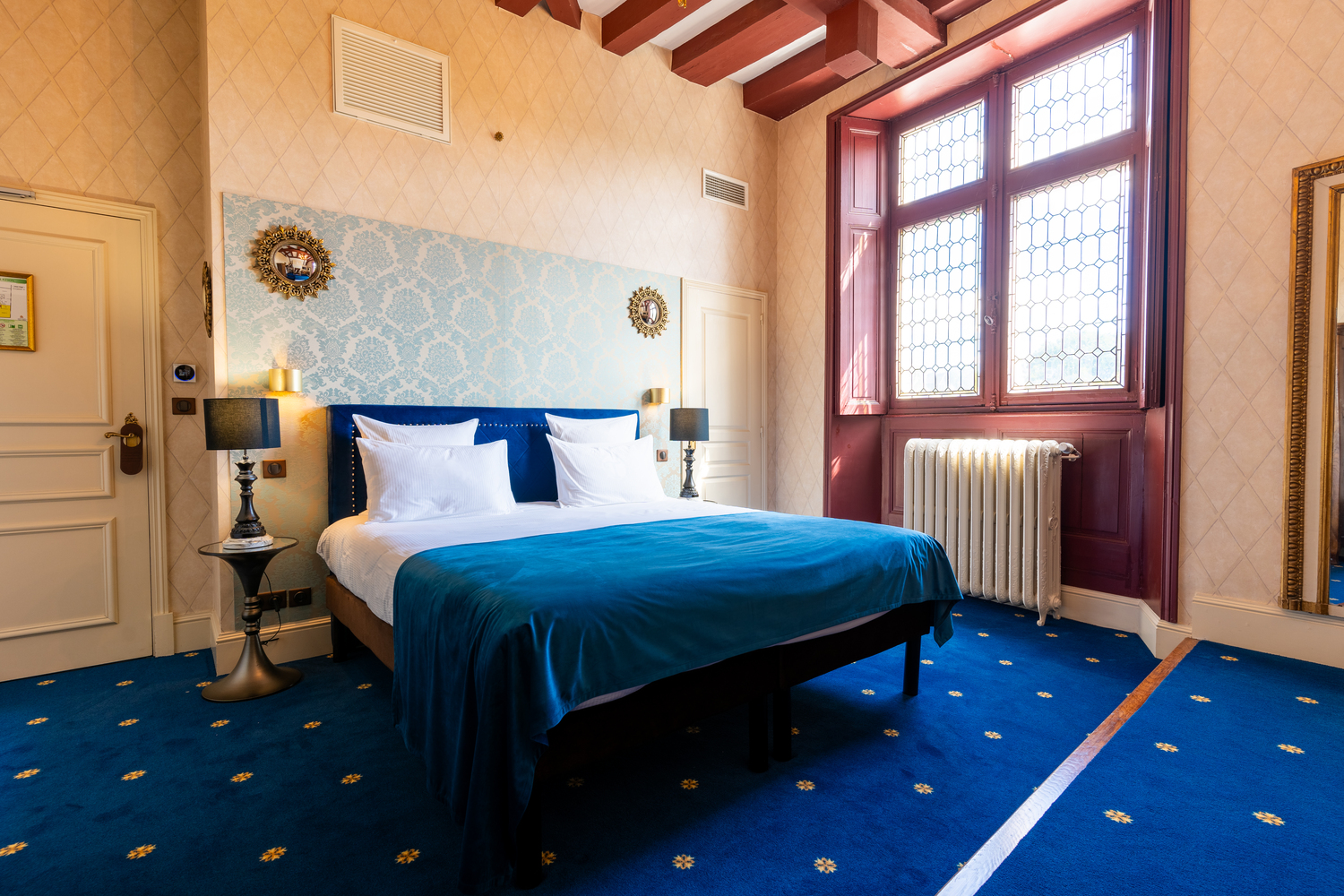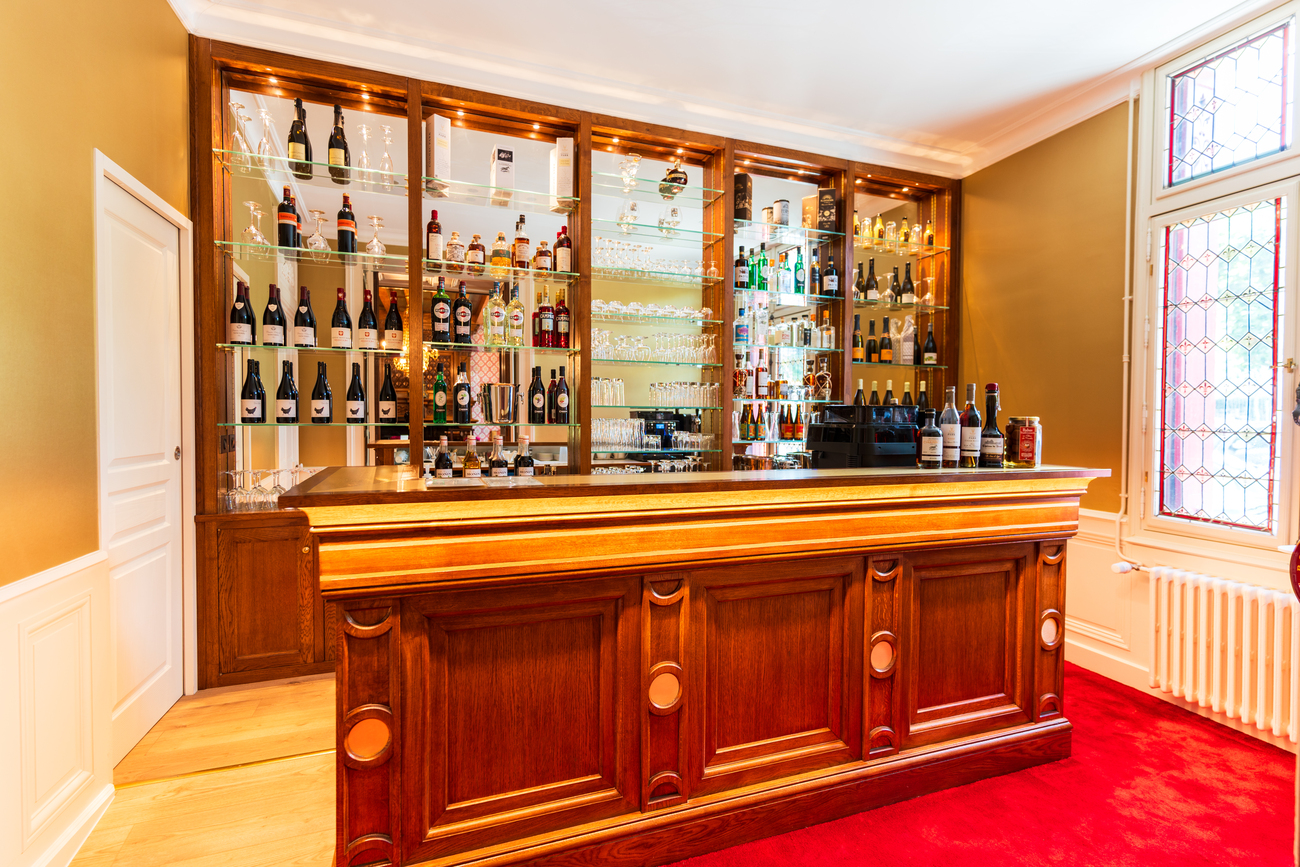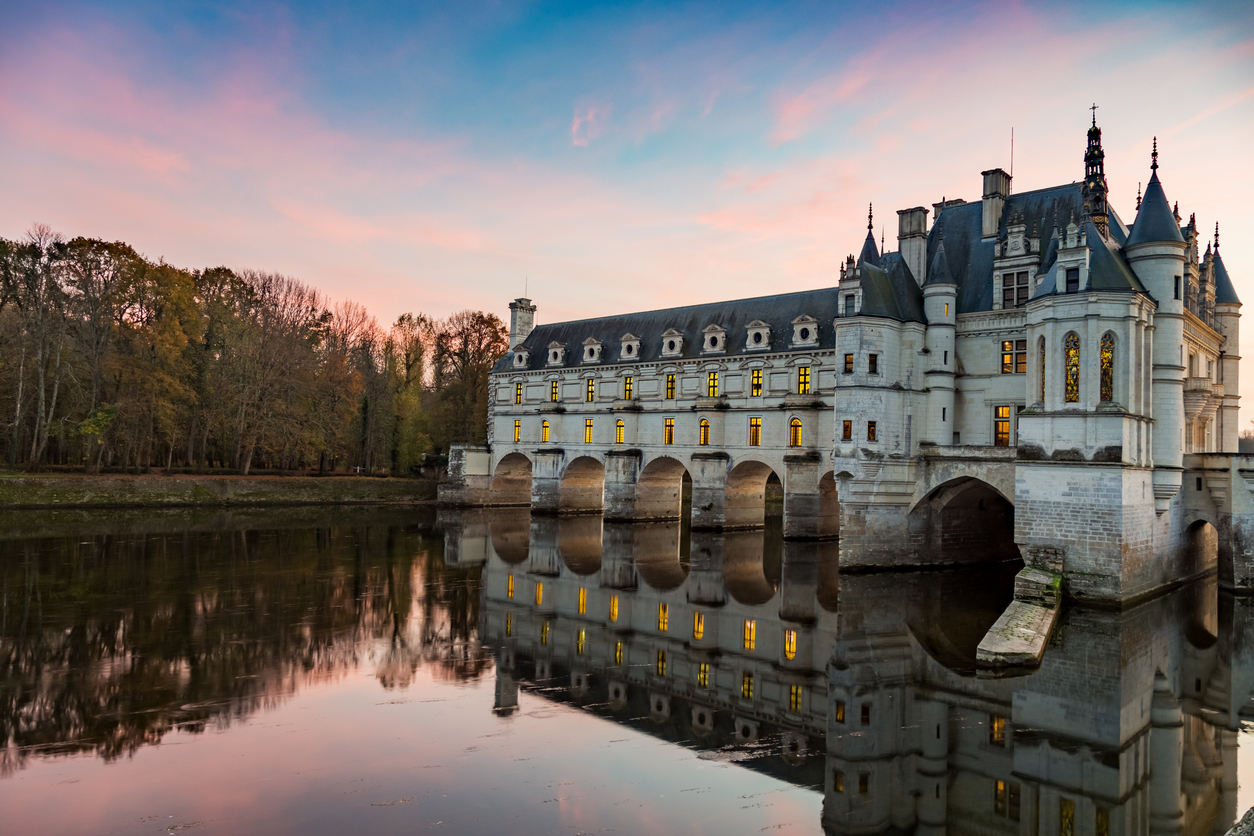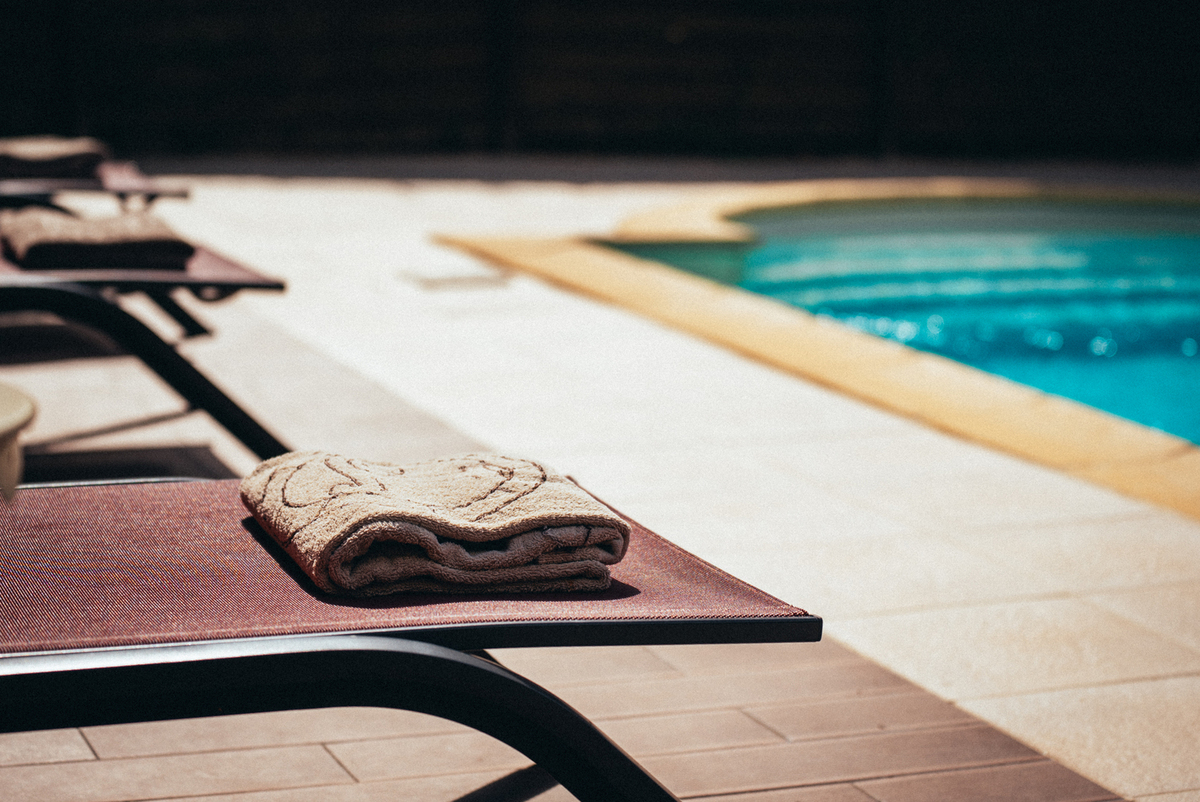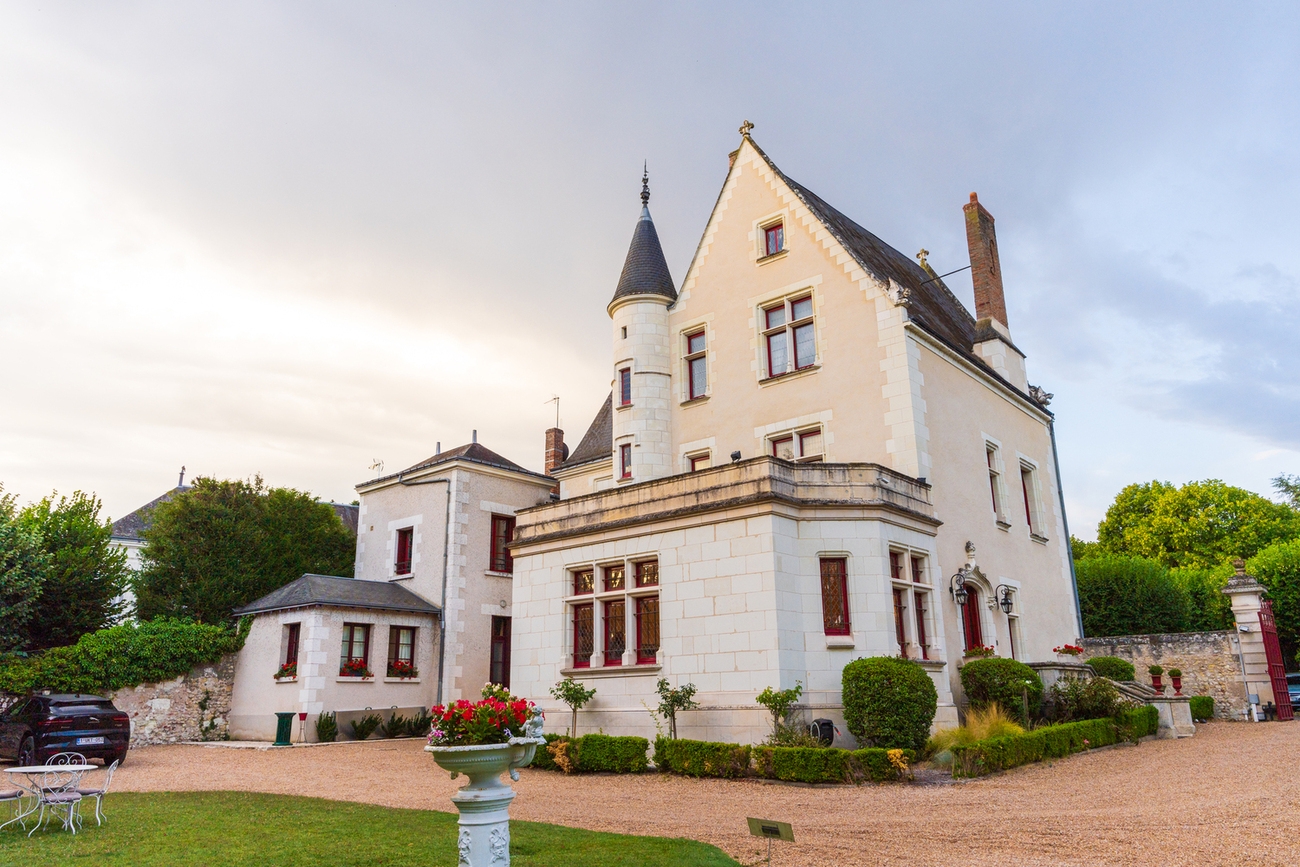Amboise, royal city
Amboise, "Ambacia" in Latin, means "between two waters". The town's name refers to its location between the Loire and Amasse rivers. Its strategic location made Amboise a royal town under the kings of France Charles VII, Louis XI, Charles VIII, the great builder of Amboise, and François I. Our hotel invites you to visit Amboise on foot. The "City of a Thousand Wonders" is home to architectural masterpieces such as the Château Royal, the Château du Clos Lucé and the famous Chinese-inspired Pagoda de Chanteloup, 44 metres high.
You can also visit Amboise from the banks of the Loire and stroll through the town's pedestrian zone to discover the troglodyte houses, typical of the Loire Valley, which were once used as tufa quarries.
Amboise Castle
Just a 3-minute walk from the hotel, the Château d'Amboise offers a majestic view over the green valley. Once through the gate, a long ramp leads to the vast terrace overlooking the Loire. The current château was built between the 14th and 16th centuries on the orders of Charles VIII, Louis VII and François 1st.
You can visit the chapel of Saint-Hubert with the tomb of Leonardo da Vinci, the Tour des Minimes, which horse-drawn carriages and riders could climb, and the landscaped gardens filled with cypresses, noble laurels, hornbeams and boxwood balls.
The Château du Clos Lucé
Just a 5-minute walk from the hotel, the Château du Clos Lucé, Leonardo da Vinci's final home, captures the spirit of the Master.
All that remains of the medieval building constructed under Louis XI is the main building, a delightful edifice of pink brick highlighted with tufa stone, which you can visit. Invited by Francis I in 1516, Leonardo da Vinci crossed the Alps on a mule with three of his most remarkable works: the Mona Lisa, Saint Anne the Virgin and Child and Saint John the Baptist, which he completed at Clos Lucé. Appointed "first painter, engineer and architect to the King", he died in Amboise in 1519.
